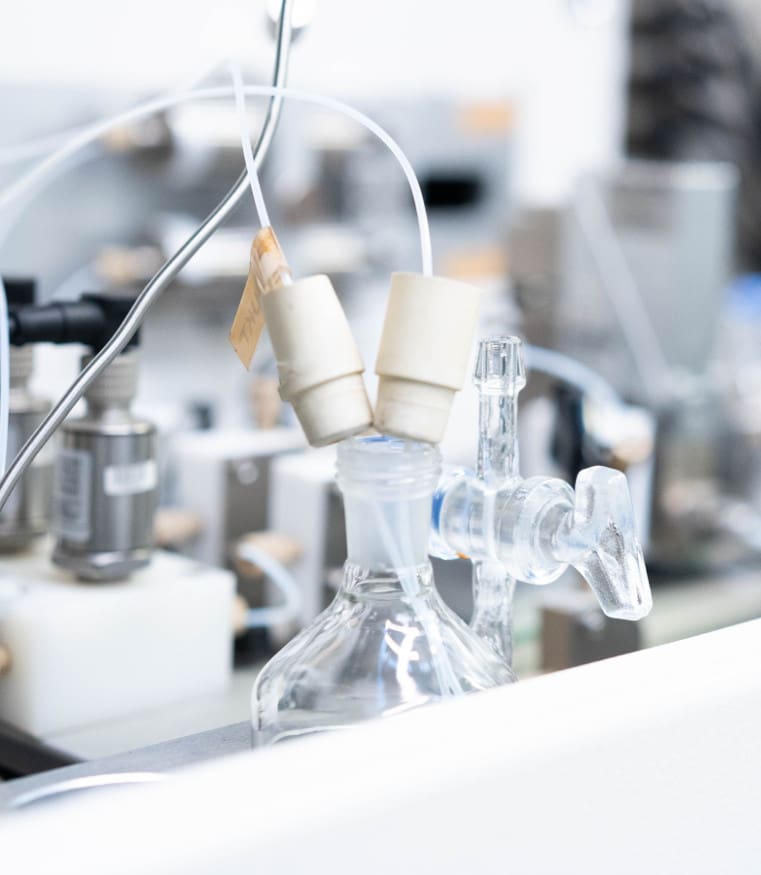Photochemical Organocatalytic Functionalization of Pyridines via Pyridinyl Radicals
We report a photochemical method for the functionalization of pyridines with radicals derived from allylic C–H bonds. Overall, two substrates undergo C–H functionalization to form a new C(sp2)–C(sp3) bond. The chemistry harnesses the unique reactivity of pyridinyl radicals, generated upon single-electron reduction of pyridinium ions, which undergo effective coupling with allylic radicals. This novel mechanism enables distinct positional selectivity for pyridine functionalization that diverges from classical Minisci chemistry. Crucial was the identification of a dithiophosphoric acid that masters three catalytic tasks, sequentially acting as a Brønsted acid for pyridine protonation, a single electron transfer (SET) reductant for pyridinium ion reduction, and a hydrogen atom abstractor for the activation of allylic C(sp3)–H bonds. The resulting pyridinyl and allylic radicals then couple with high regioselectivity.

Le Saux, E.; Georgiou, E.; Dmitriev, I. A.; Hartley, W. C.; Melchiorre, P.
J. Am. Chem. Soc. 2022, 145 (1), 47-52
DOI:
10.1021/jacs.2c12466

Let's create a brighter future
Join our team to work with renowned researchers, tackle groundbreaking
projects and contribute to meaningful scientific advancements




















